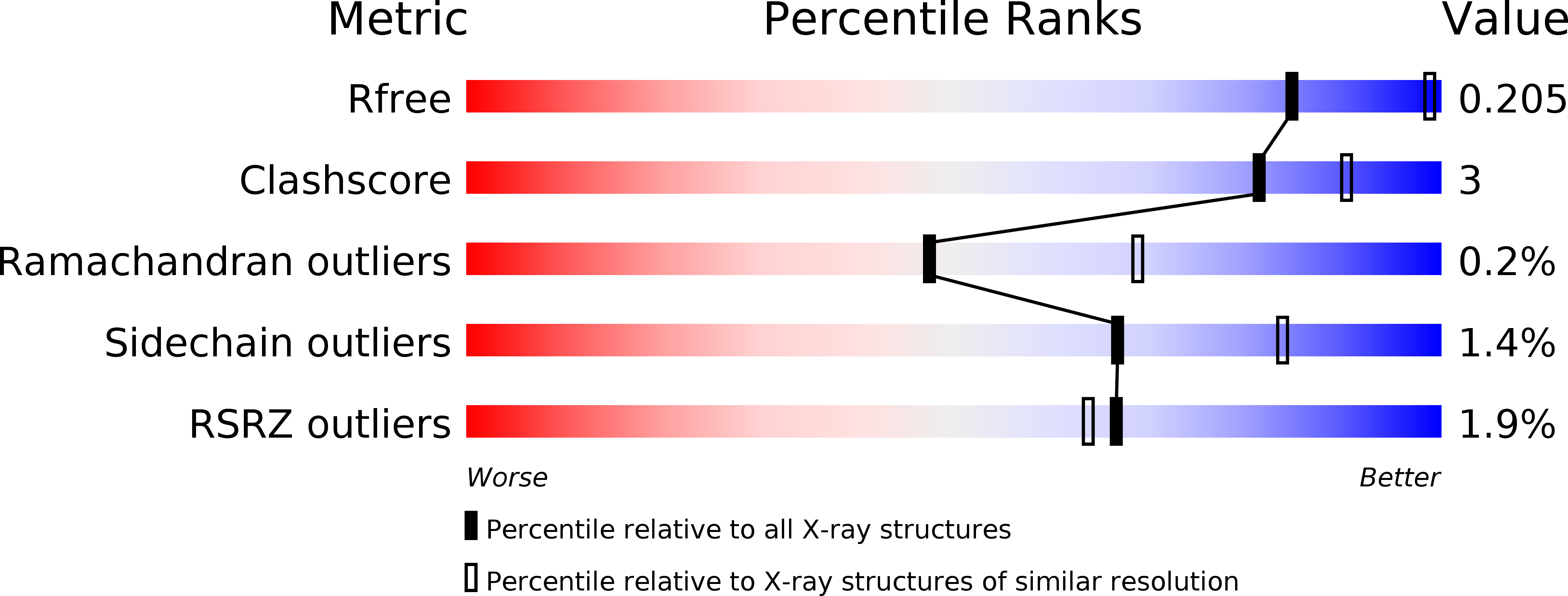
Deposition Date
2018-02-12
Release Date
2018-04-04
Last Version Date
2024-10-23
Entry Detail
PDB ID:
6CEX
Keywords:
Title:
Crystal structure of the A/Hong Kong/1/1968 (H3N2) influenza virus hemagglutinin in complex with small molecule N-Cyclohexyltaurine
Biological Source:
Source Organism:
Host Organism:
Method Details:
Experimental Method:
Resolution:
2.57 Å
R-Value Free:
0.20
R-Value Work:
0.17
R-Value Observed:
0.17
Space Group:
C 2 2 21


